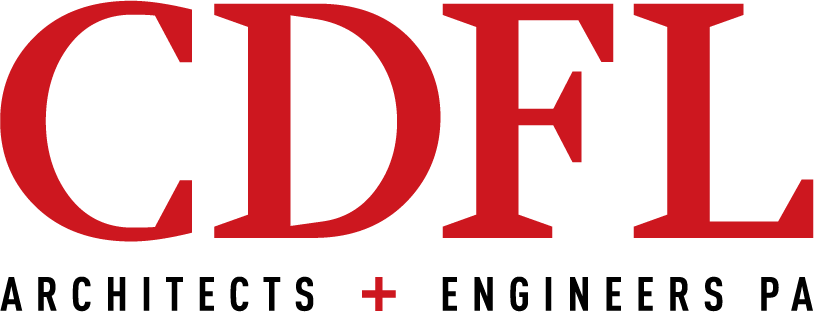Meet The Photographer: Hubert Worley
With the CDFL team met, we thought it might be fun to introduce you to the people who help make our work look good. Hubert Worley is one of our post-construction photographers that we use to ensure our work is documented in a way that is both beautiful and reflective of the architectural intent.
What do you think makes a photograph special?
It’s design – color, shape, texture, line. All the things that make your eye move around and through the picture. A good photo will work upside down or right side up. A good picture doesn’t need subject matter if the design is right.
How do you or How important is it to you to connect with your subject?
If the subject is a person, I want to connect with them so that I can take away their consciousness of my shooting them. I strive to remove their awareness of the camera and any falseness they might want to portray while I’m shooting. If it’s a building I want to “connect” with it as if I was at home with the space – as if the place was mine. I want to look at a hallway and know where it leads or look at a room and know its purpose.
What is your favorite lens and why?
When I’m doing a shoot that features people I like to use a 35mm. It fits my eye such that when I pull the camera up to shoot, I can still see what originally attracted me and created an image in my mind. For buildings, it’s the 28 PC. It allows me to have the same flexibility I had when I was shooting 4×5. I tend to see spaces wider than I see people.
What inspires you?
I’m inspired by good design. I look for ways that a space or a surface has been affected with lines or shapes or colors or light by an artist – whether they knew it or not.
Whose work has influenced you the most?
Sam Mockbee’s paintings and buildings.
What is your favorite photo or piece of work, yours or someone else’s?
A photo of my wife the first day I met her.
What advice do you have for people who want to get into photography but don’t have access to fancy equipment?
It’s your eyes that have to work the most and work the best. Just use equipment that doesn’t get in the way of your eyes and your imagery. The best camera you have is the one with film in it that happens to be around when you want to take a picture. See what a dinosaur I am? Film?! Gah!
Do you always scout before shoot day?
If I can, but I think knowing the “why” of a building can tell me almost as much. Additionally, my dad taught me to read plans so I would consider a working knowledge of the structure and its purpose to be a scouting session.
What is the most important element in achieving a good photo?
In my personal work, it’s a matter of just being still and letting the situation happen – being attuned to the light and action that surround me. It’s important that I have my camera ready and don’t second guess myself before I shoot and I trust my instincts above edits. For buildings and spaces, however, it’s an entirely different process. I look at my subject and think how, if I were painting the building instead of photographing it, I would set up an easel and canvas. By thinking of it as a painting, I can understand the perspective of the designer and am more able to create an image that reflects the designer’s goals for the building.
If you weren’t a photographer, what would you be?
A teacher!





